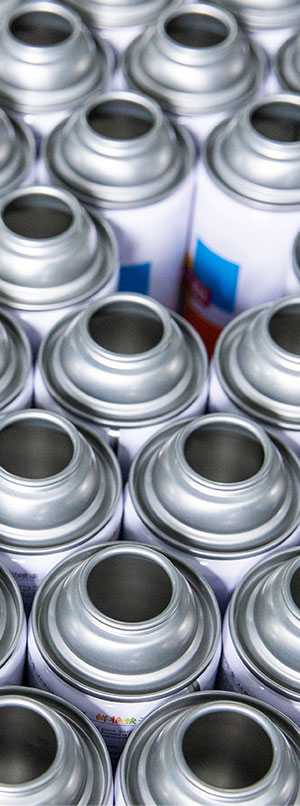Silicone sealants are widely recognized for their exceptional durability and versatility in the construction and automotive industries. As Sanvo, a leading brand in the fine chemical industry, we take pride in shedding light on the exquisite features of silicone sealants and explaining the intricacies of their curing process. In this article, we will delve into the key aspects surrounding silicone sealants, focusing on their unique characteristics, the stages of curing, how does silicone sealant cure, and the conclusions one can draw about their unparalleled performance.

Features of Silicone Sealants
Silicone sealants offer numerous remarkable features that have made them a preferred choice across a diverse range of applications. Sanvo remains committed to delivering high-quality silicone sealants that meet the specific needs of our valued customers. Some of the exceptional features of silicone sealants include:
Excellent Flexibility and Weather Resistance: Silicone sealants exhibit outstanding flexibility, ensuring strong adhesion even with materials that experience frequent movement. This characteristic is particularly beneficial in preventing any cracks or gaps from forming. Additionally, silicone sealants demonstrate exceptional resistance to weathering, ultraviolet (UV) rays, and extreme temperatures, ensuring long-lasting durability.
Enhanced Chemical Resistance: Our silicone sealants are designed to provide remarkable resistance to various substances such as water, solvents, and chemicals. This characteristic makes them ideal for applications where chemical exposure is a concern, such as laboratories or manufacturing facilities.
How Does Silicone Sealant Cure?
Understanding the curing process of silicone sealants is crucial to ensure optimal performance and durability. At Sanvo, we employ advanced formulations to achieve the most efficient and reliable curing results. The curing process of silicone sealants can be divided into several stages:
Surface Drying: Upon application, the silicone sealant starts to cure as the solvent or water contained within the formulation begins to evaporate. During this stage, the sealant forms a skin-like layer on the surface, making it impermeable to moisture and other external factors.
Intermediate or “Tack-Free” Stage: As curing progresses, the silicone sealant enters an intermediate stage where it acquires a tacky texture. This stage is commonly known as the “tack-free” stage since the sealant no longer feels wet or sticky to the touch. However, it is important to note that the sealant might not have entirely cured at this point.
Full Cure: The final stage of the curing process is known as the full cure. This occurs when the silicone sealant has completely solidified, offering optimum strength and adhesion. The curing time may vary depending on factors such as temperature, humidity, and the specific formulation of the sealant. It is essential to allow sufficient time for the sealant to cure fully before subjecting it to stress or exposure to excessive moisture.
Conclusion
In conclusion, Sanvo takes pride in providing high-quality silicone sealants that exhibit exceptional features, making them versatile and reliable for various applications. Understanding the step-by-step curing process of silicone sealants helps ensure their effectiveness and long-term performance. From their remarkable flexibility and weather resistance to their enhanced chemical resistance, silicone sealants offer numerous benefits. As leading experts in the fine chemical industry, Sanvo remains committed to consistently delivering top-notch silicone sealants that meet the demanding requirements of our valued customers.
